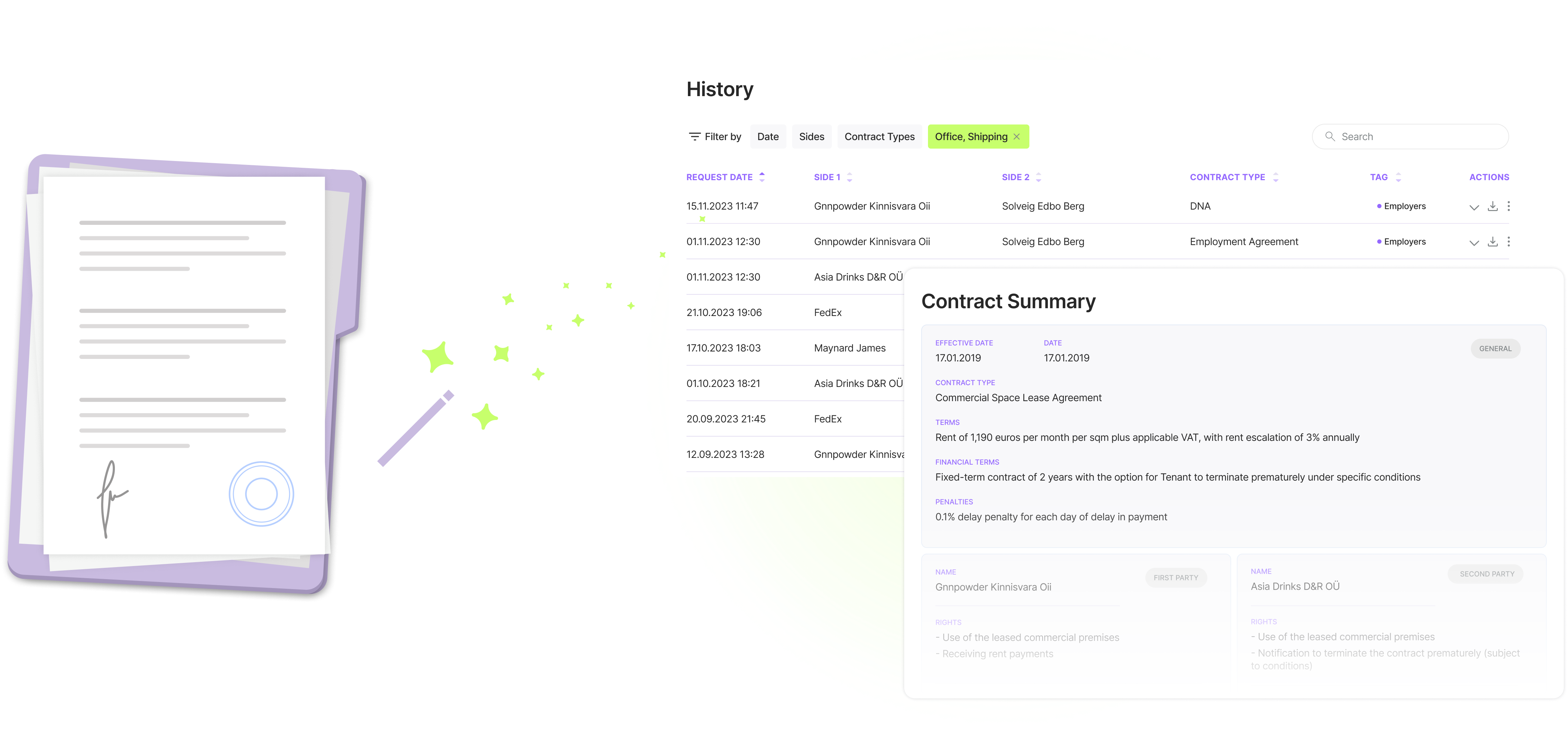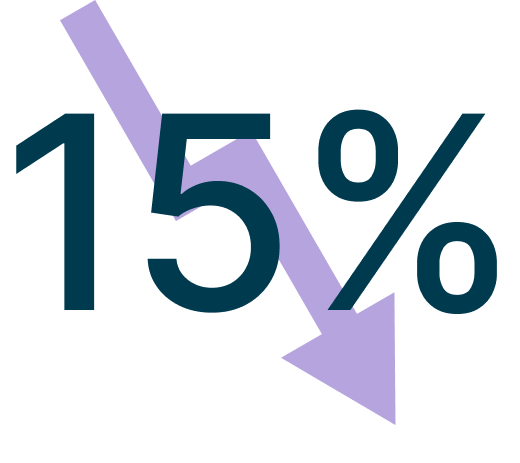Pay as you go
$3
/contract
Document summarization and
review
Support .docx and .txt files
Complete document archive
Light
Most popular!
$30
/month
Document summarization and
review
Support .docx and .txt files
Complete document archive
Client services
Pro
$75
/month
Document summarization and
review
Support .docx and .txt files
Complete document archive
Client services
Unlimited requests







